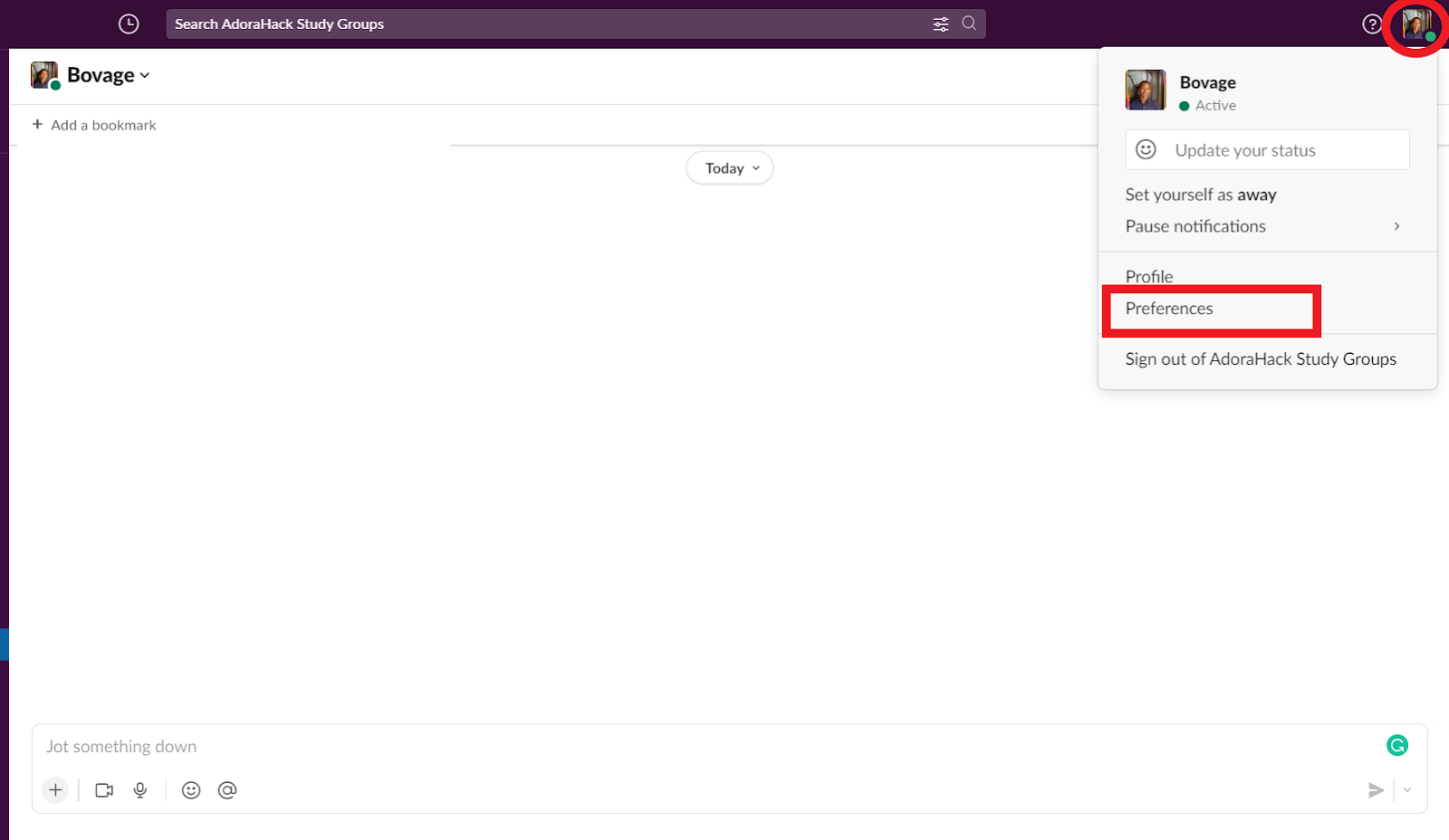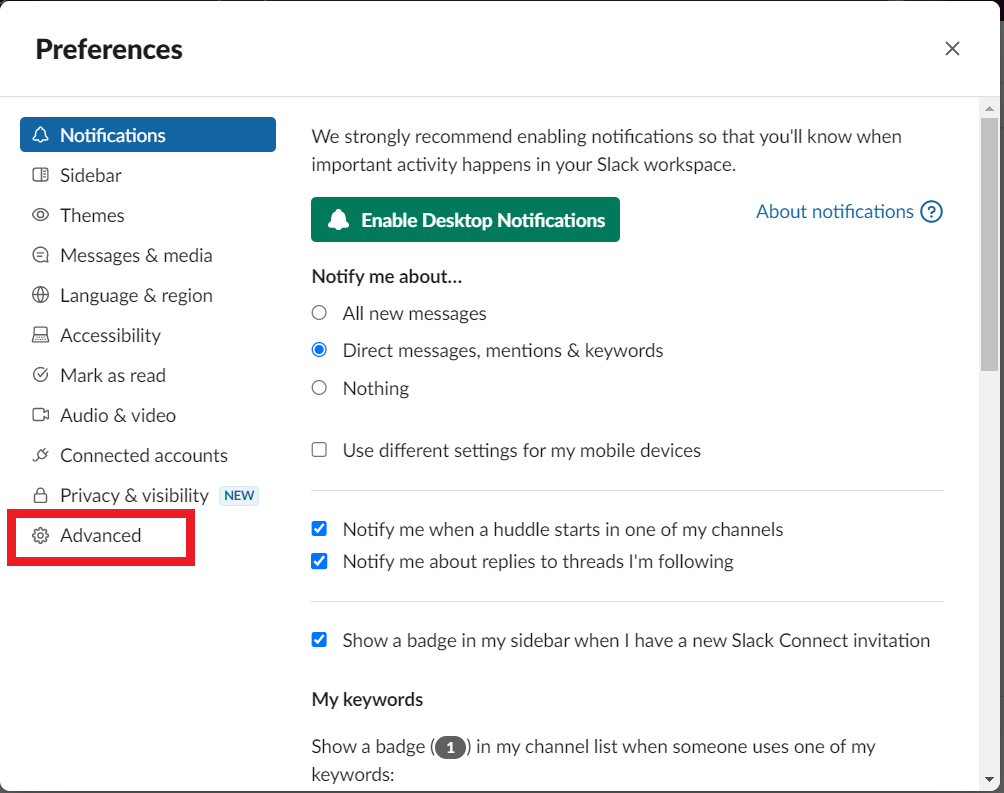Slack Markdown: A Comprehensive Guide to Formatting Messages
In this guide, you are going to learn how to format slack messages using markdown. Slack is often used by teams to make communication easy.


Slack is a platform often used by teams and organizations to make communication, collaboration, and workflow easy. In Slack, communication can occur through various means, such as text, video, and audio. But passing information or your thoughts to your colleagues or team members through text might not be as easy as it seems. It's easy to get overwhelmed as you try to ensure that your message is clear and well-understood.
There are several things you can do to increase the clarity of your message. However, in this article, we'll focus on using formatting to add clarity and detail to your messages in Slack. There are two means to add formatting to Slack messages:
- The formatting toolbar in the message field (WYSIWYG interface)
- Markdown (markup)
This article focuses on using Markdown.
In this guide, you're going to learn the following about message formatting in Slack:
- How to use Markdown to write rich messages in Slack
- How to set Markdown (markup) as the default formatting option
- The Markdowns supported and not supported in Slack
"Markdown is a simple computer language used to create formatted or rich text using a plain text editor."
What Is Markdown?
Markdown is a simple computer language used to create formatted or rich text using a plain text editor. It is also referred to as a lightweight markup language. It works by allowing you to surround or add special characters to your text. These special characters have different meanings and determine rendered text output.
Note: In Slack, the word "Markdown" is often used interchangeably with "markup."
Can I Write Markdown in Slack?
Yes, you can write Markdown in Slack to add detail and clarity to your messages. However, it's important to realize that Slack doesn't support all Markdown syntaxes.
Continue reading to learn about supported syntaxes and how to use them.
How to Use Markdown to Format Slack Messages
Note: You can only format messages using Markdown on Slack Desktop.
One of the cool features of using Markdown in Slack is that you get the rendered formatted text immediately in the message field. As a result, the Markdown special characters are hidden after you type them. This means that if you type *Bold*, the asterisks will disappear and you'll see the word Bold in boldface.

Real-time conversion of Markdown text in Slack message field
Note: The live editor that immediately converts Markdown to the rendered text is only available if the formatting toolbar is present. This means if you switch to formatting messages with markup, you won't get the real-time conversion of your Markdown. Instead, you'll see the Markdown special characters and your text as you type them.
Markdown Formatting Types Supported in Slack
First, let's explore Markdown formatting supported when the formatting toolbar is present.
Lists
- Ordered list: Add 1 and a period (.), then press space in front of your text.
- Bulleted list: Add an asterisk (*), then press space in front of your text.

Creating ordered and a bulleted list in Slack using Markdown
Emphasis
- Bold: Surround your text with asterisks (*). For example, *your text*.
- Italicize: Surround your text with underscores (_). For example, _your text_.

Adding emphasis to text using Markdown in Slack
- Strikethrough: Surround your text with tildes (~). For example, ~your text~.

Adding strikethrough to text using Markdown in Slack
- Code block: Add three backticks in front of your text.
- Block quote: Add an angular bracket, also known as a greater than symbol (>), in front of your text. For example, >your text.

Creating Blockquote using Markdown in Slack
Now that you've learned about the normal Markdown supported when markup isn't set as the message formatting preference in Slack, let's use some special markup.
As earlier mentioned, Slack doesn't support some markup if you haven't set markup as your default message formatting preference. So, before starting to use this special markup, you need to set markup as your message formatting preference.
How to Set Markup as Message Formatting Preference in Slack
In this section, you're going to learn how to set markup as your preferred means of formatting your messages.
- Click on your profile picture in the top-right corner of the screen or click on the workspace name.

Slack profile picture dropdown menu
- Click on Preferences on the dropdown menu that pops up. On the new windows that show up, click on Advanced on the left pane.

Slack preferences window
- Select the Format messages with markup setting by checking the box beside it, as shown below.

Slack preferences window
After doing all the above steps, you can now use this markup:
- Link: Render preferred text that links to a URL instead of the hyperlink URL.
- Hyperlink: Surround text with brackets, then surround the link with parentheses. For example, [your text](the link).

Adding link using Markdown in Slack
Note: The formatting toolbar or WYSIWYG buttons are absent in the above image. The message field does not convert the markup characters; they are only converted when you send the message in this setting since the live editor is disabled.
- Headings: Slack partially supports the headings Markdown; it only supports level one and level two headings. And you can only use them within a post.
- Level one heading: Add a pound sign (#), then press space in front of your text.
- Level two heading: Add two pound signs (##), then press space in front of your text.
How Do I Make Slack Text Look Like Code?
You can make a text look like code in Slack by surrounding your text with three backticks. You can do this whether the formatting toolbar is on or not. The only subtle difference is that, if you have the formatting toolbar on, adding three backticks in front of your text alone is enough to display the code block interface.

Make text a code block in Slack
How Do You Color Messages in Slack?
Unfortunately, you can't add color to your messages in Slack. You can only use the bold and italics style for emphasis. In general, Markdown is a writing format and not a publishing format. As a result, Markdown doesn't support color as it's out of its scope.
Can You Create a Table in Slack?
Slack doesn't support table Markdown. However, there are a few ways to create a table in Slack Markdown:
- Use code block: By adding three backticks before and after your table in your message, it will convert it into a code block in a Slack message. Doing this will preserve the spacing you want, but it won't look like a proper table.
- Use an image: Create your table as an image and add it as an attachment.
- Create a table in Markdown that supports the table and embed the link in your Slack message.
Visit this website for a comprehensive list of the Markdowns Slack supports and the ones it doesn't along with information about the interface.
"Formatting makes your writing more attractive, which makes it more compelling for the people with whom you're communicating."
Conclusion
One of the most important things you can do to improve your message clarity is to use formatting. Formatting makes your writing more attractive, which makes it more compelling for the people with whom you're communicating. In this guide, you learned how to format your often plain-written, unformatted text in Slack messages. You also learned that there are two means to format in Slack. After exploring both means, you saw that using Markdown provides more flexibility in formatting text than using the formatting toolbar.
Slack power users are automating workflows and ticketing with Wrangle.
Slack can be used for a lot more than just communication. You can use Slack to improve your business processes with a tool like Wrangle.
Wrangle is a purpose-built Slack application for approval and ticketing workflow automation, used by finance, sales, IT, marketing, HR, and others to automate ticketing, onboarding, customer refunds, and so much more. Wrangle automatically assigns tasks and approvals for team members to follow up and take action so they can go about their business and respond when necessary. If you have a business process, a Wrangle workflow can automate that process in Slack.
If you’re using Slack, you may want to consider adding a product like Wrangle to the mix to streamline workflows. Ready to see Wrangle in action? Request a demo today. Better yet, add Wrangle directly to Slack and experience productivity gains shortly thereafter.
Check out our blogs to learn more about Slack.
This post was written by Boluwatife Fayemi. Boluwatife is a Full Stack Web Developer, proficient in Javascript, Python, and their frameworks. His curiosity makes him explore and gain knowledge about a variety of topics. Boluwatife is passionate about teaching and writing, and this makes writing technical articles an enjoyable process for him.

- Try Wrangle free for 14 days
- Turn messages into trackable tickets
- Build a scalable help desk



Turn Slack into a productivity powerhouse with Wrangle
Create a scalable helpdesk in Slack. Automatically turn messages into trackable tickets and provide faster, more transparent service to your colleagues and customers with Wrangle — Try it free!






